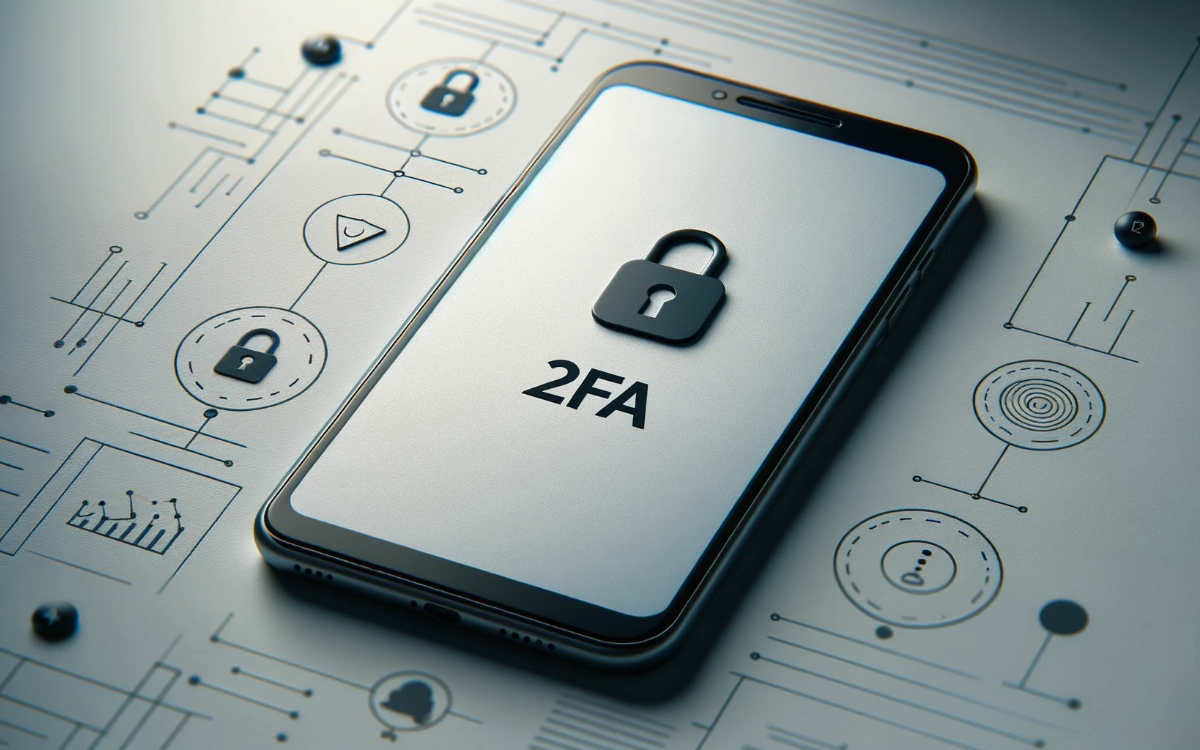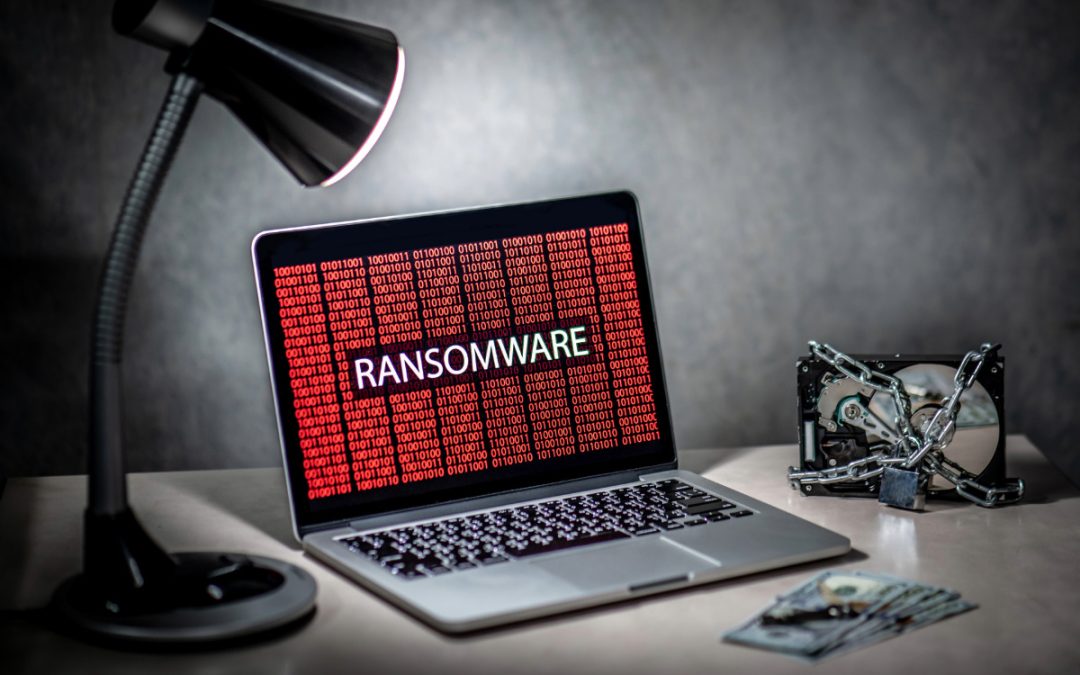At ITonDemand, we talk about authentication all the time. The reason for it is simple: 2FA is the easiest and fastest way to protect your accounts better. That’s why, for week 3 of Cybersecurity Month 2023, we’re highlighting its ease and importance. The benefits it offers aren’t just a small boost. According to top US tech executives, authentication can prevent 80 to 90% of cyberattacks. There are many ways to integrate it, and once set up, it requires little thought, time, or effort to validate a login attempt.
Table of Contents
What Is 2FA?
Two-factor authentication (2FA) is a security method that requires two separate verification forms to access online accounts or resources. It adds an extra layer of protection beyond just using a username and password, helping to defend against threats like phishing, social engineering, and brute-force attacks. By using 2FA, users can prevent unauthorized access, even if someone knows their main login details.
How Does 2FA Work?
Rather than solely relying on a password, 2FA introduces an additional verification step to confirm your identity. This extra step minimizes the risk of unauthorized access, even if someone manages to obtain your password. So, how exactly does it work? Let’s break it down into a simple process.
Initial Setup
Activation: The first step to using 2FA is activating it for your online account. That usually involves going to the security settings of the platform you’re using or coordinating with your IT department.
Verification Method: You’ll be prompted to choose a method for the second layer of verification. Standard options include text messages, authentication apps, or hardware tokens.
Test Phase: After setting up your chosen method, you’ll be prompted to test it. This step is important to ensure everything is set up correctly.
Regular Usage
Login Attempt: When you try to log in to an account protected by 2FA, you’ll first enter your username and password as usual.
Triggering 2FA: After entering your password, the system will initiate the second verification step. For example, it might send a code to your phone via text message.
Enter Code: You will then be prompted to input the code you received or fulfill the alternative method you’ve chosen.
Access Granted: Once the code or verification method is confirmed to be correct, you’re granted access to your account.
By using 2FA, you substantially decrease the chances of unauthorized account access. It’s a quick-to-set-up layer of protection that complements your regular password security.
What’s the Difference Between 2FA and MFA?
Two-factor authentication (2FA) refers to using exactly two authentication methods, while multi-factor authentication (MFA) refers to using two or more. While similar in benefit, the key difference is the number of layers used to protect an account. MFA can offer a more complex approach, making 2FA the better term when only two factors are needed.
Why 2FA Is Simpler Than You Think
You don’t have to be tech-savvy to use 2FA. It’s designed to be user-friendly, fast, and accessible for everyone. Setting it up is often a simple process; many platforms provide clear, step-by-step instructions for setting it up. Once activated, it becomes a quick addition to your regular login routine, often taking mere seconds.
Whether receiving a text message or tapping a notification on your smartphone, the methods are designed with convenience in mind. Moreover, many services offer the option to remember trusted devices, so you only need to use 2FA occasionally or when accessing from a new device. Since it combines security with simplicity, anyone can use it regardless of their tech experience. And the hardest part? Taking a few minutes to set it up.
User-Friendly Authentication Methods
When it comes to 2FA, there are many user-friendly methods used by businesses and individuals alike. These are designed to be easy to use and set up, ensuring a seamless yet secure experience:
SMS Text Messages: Users receive a one-time password (OTP) via a text message on their registered mobile number after entering their primary login details. This code is then entered to complete the authentication process.
Authentication Apps: Applications like Google Authenticator, Authy, or Microsoft Authenticator generate time-sensitive OTPs. Instead of relying on SMS, users open the app to retrieve the code and input it into the platform they’re accessing.
Email Codes: Similar to SMS messages, users receive a unique code in their email inbox. Once received, they enter this code on the login page to verify their identity.
Hardware Tokens: These are small, physical devices that generate OTPs at the press of a button. They’re especially useful for those who might not always have their mobile device on hand.
Push Notifications: Some services will send a push notification to a user’s smartphone or tablet. By simply approving the notification, users can authenticate themselves without manually entering a code.
Don’t use a 2FA method that feels like a hassle since that makes people less likely to use it when it’s optional. There are many easy ways to authenticate, so users should choose what fits their needs and comfort level best.
The Risks of Not Using 2FA
Around 46% of small business owners have 2FA implemented, with only 13% making it mandatory. Relying solely on a username and password combination leaves accounts more vulnerable, though many businesses don’t understand why that’s a problem. Phishing attacks are a major concern, where cybercriminals pretend to be someone they’re not to trick users into giving their login details.
Another risk is brute force attacks, where the hacker will input countless random passwords until they get a match. Many usernames and passwords have also been leaked online. Repeat passwords are often the first thing checked when someone tries to sneak into an account. Without an extra security step like what 2FA offers, the attacker can immediately gain access because nothing else stops them.
Myths and Misconceptions About 2FA
Myth 1: 2FA is only for tech experts.
Reality: Two-factor authentication is designed for everyone. Many platforms offer clear instructions and user-friendly interfaces to set it up, making it accessible even to those who don’t often use technology.
Myth 2: Setting up 2FA is time-consuming.
Reality: The initial setup doesn’t usually take more than a few minutes. Most platforms guide users through the process step-by-step for a seamless setup experience.
Myth 3: 2FA makes logging in much harder and slower.
Reality: While it adds an extra step to the login process, it often takes just a few seconds, whether entering a code sent via SMS or tapping a notification on a smartphone.
Myth 4: I’ll be locked out forever if I lose my phone.
Reality: Most services offer alternative ways to authenticate if you lose access to your primary 2FA method. This might include backup codes, email authentication, or contacting customer support for account recovery.
Myth 5: Using a strong password means I don’t need extra authentication.
Reality: Even the most complex passwords can be stolen through phishing attacks or data breaches. 2FA adds an extra layer of protection, ensuring that even if your password is known, it’s difficult to access.
Myth 6: 2FA guarantees 100% security.
Reality: No security measure is perfect. While 2FA can prevent most attacks, it’s still important to carefully handle your data.
2FA: A Simple Choice for a Secure Tomorrow
Two-factor authentication (2FA) is one of the simplest ways to keep your accounts safer. Cyber threats are continuing to evolve and target people in unexpected ways. A strong password can go a long way to help, but using 2FA ensures that even if a password is stolen, an account will still be secure. Taking a few extra minutes to set up authentication can give you peace of mind and save you from future headaches. Don’t wait until after the damage is already done to set it up.
If your business needs help with IT Security, don’t hesitate to reach out for a consultation through our contact form or call us at: +1 (800) 297-8293




